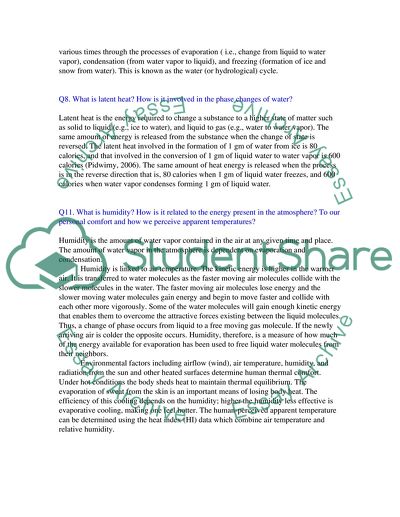Cite this document
(Climate: Environmental Geography Assignment Example | Topics and Well Written Essays - 2250 words - 1, n.d.)
Climate: Environmental Geography Assignment Example | Topics and Well Written Essays - 2250 words - 1. Retrieved from https://studentshare.org/geography/1739770-introduction-to-environmental-geography-1-climatology
Climate: Environmental Geography Assignment Example | Topics and Well Written Essays - 2250 words - 1. Retrieved from https://studentshare.org/geography/1739770-introduction-to-environmental-geography-1-climatology
(Climate: Environmental Geography Assignment Example | Topics and Well Written Essays - 2250 Words - 1)
Climate: Environmental Geography Assignment Example | Topics and Well Written Essays - 2250 Words - 1. https://studentshare.org/geography/1739770-introduction-to-environmental-geography-1-climatology.
Climate: Environmental Geography Assignment Example | Topics and Well Written Essays - 2250 Words - 1. https://studentshare.org/geography/1739770-introduction-to-environmental-geography-1-climatology.
“Climate: Environmental Geography Assignment Example | Topics and Well Written Essays - 2250 Words - 1”, n.d. https://studentshare.org/geography/1739770-introduction-to-environmental-geography-1-climatology.


